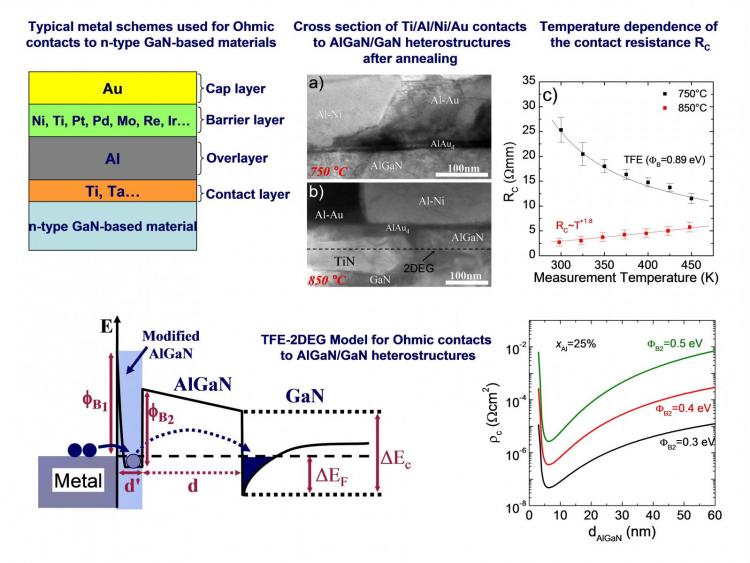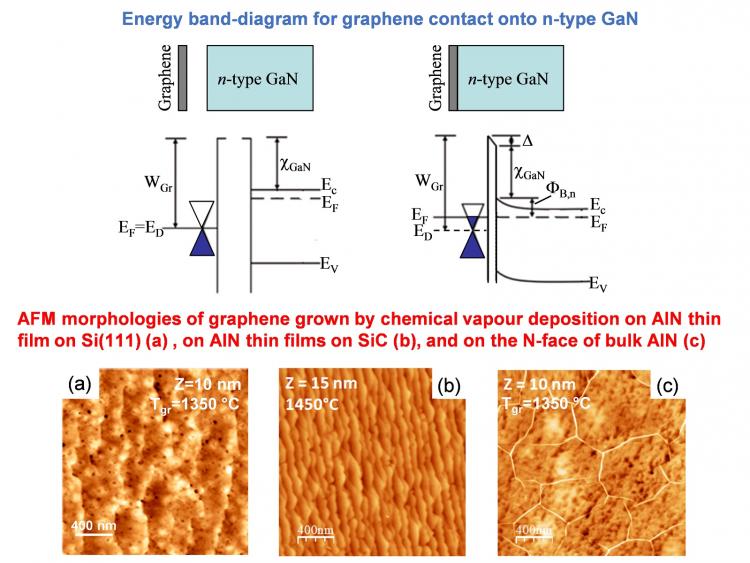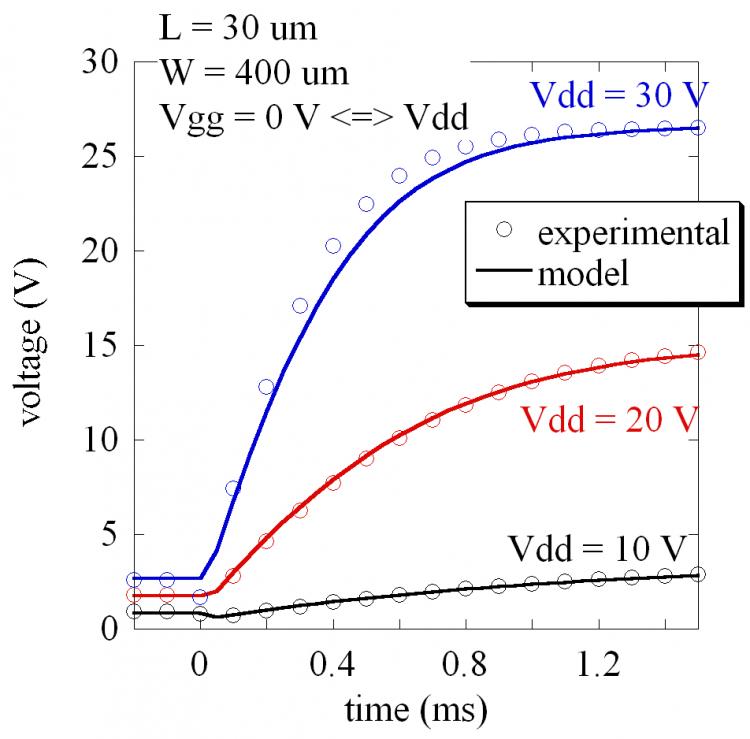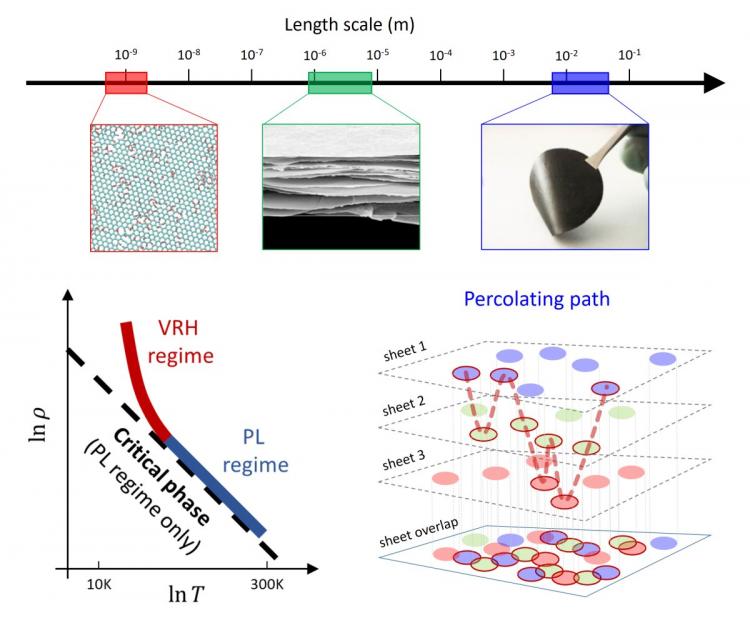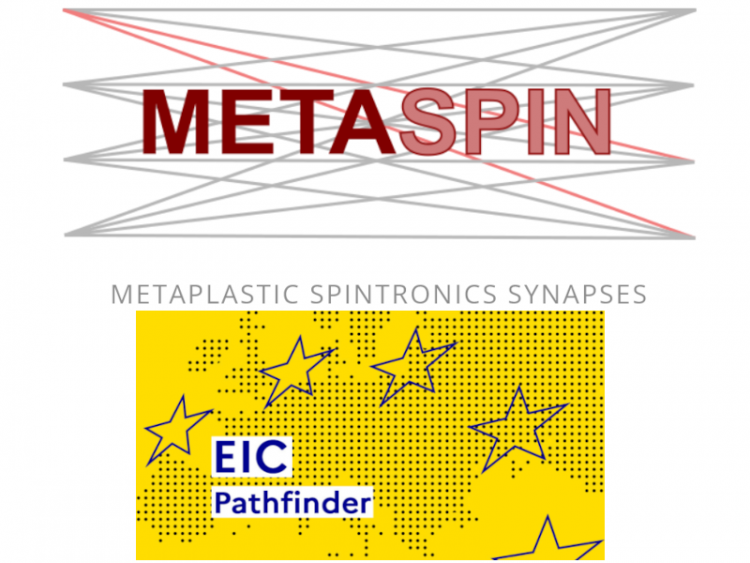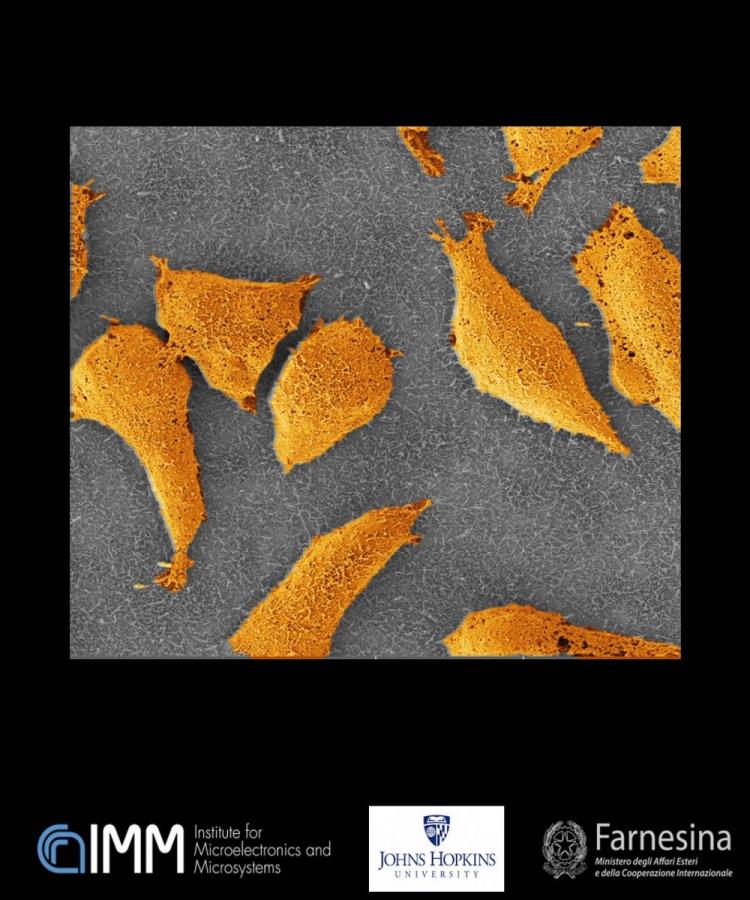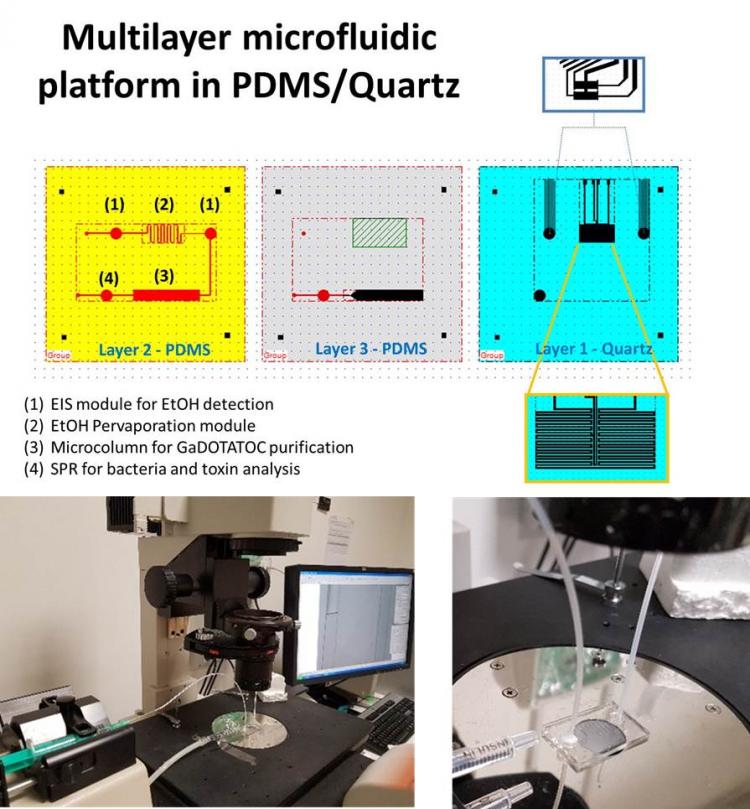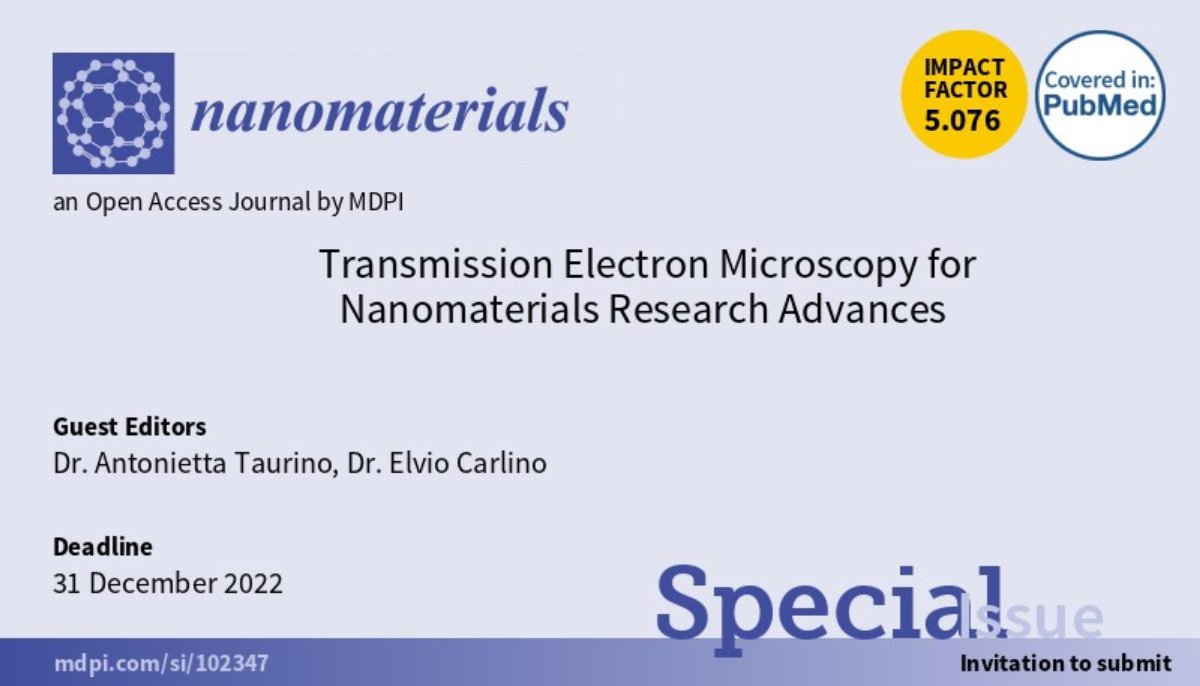
Since Ruska and Knoll proof of concept of transmission electron microscope, in 1931, technological advances and methodological development have made Transmission Electron Microscopy (TEM) a complex discipline, counting a vast variety of approaches to understand the morphological, structural, chemical and magnetic properties of the matter at the highest spatial resolution. Due to its strong transversality and high flexibility, TEM enables to solve fundamental and applied research problems, contributing to the progress in many fields of knowledge, such as physics, materials science, biology, medicine, engineering, chemistry, nanoscience and nanotechnology.
The last years have seen a further boost in TEM thanks to the introduction of effective aberration correctors for electron lenses, new detectors for imaging, diffraction and spectroscopies, monochromators on primary beam, new capabilities for in operando experiments, new tools for cryoEM, all complemented by the huge progress in computer science, pressing the development of novel methods to investigate organic and inorganic matter.
This special issue focuses on TEM studies for nanomaterials research advances. An upcoming aim is to show how the most recent technological and methodological developments in TEM impact on the comprehension of fundamental and subtle properties of nanomaterials, supplying the necessary knowledge for basic understanding of the nanoscience phenomena and for conscious design of new nanomaterials.
https://www.mdpi.com/journal/nanomaterials/special_issues/microscopy_nano

